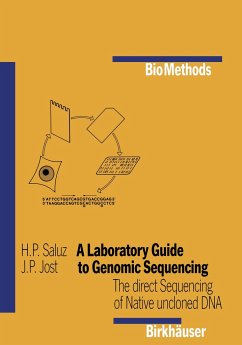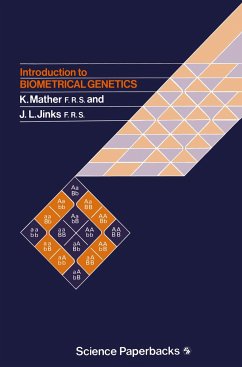A Safety Considerations Genomic sequencing involves a number of hazardous steps, such as high current, high voltage, radioactive and highly toxic chemicals. It is, therefore, absolutelyessen tial that the instructions of equipment manufacturers be followed and that particular attention is paid to the local and federal safety regulations. INTRODUCTION 9 B Introduction During the cloning of genomic DNA many of its characteristics are perma nently lost. It was therefore necessary to develop a new technique that would give us a closer look at a gene in its normal environment. The powerful technique of genomic sequencing, first described by Church and Gilbert (1984) now makes it possible to have a precise view of a given DNA sequence in a chromosome. This method combines the chemical DNA-sequencing procedure of Maxam and Gilbert (1980) with the detection of DNA sequences by electroblotting and indirect end-labeling by hybridization. Besides studies on the methylation state of single bases in a given gene (Nick et al. , 1986; Saluz and Jost, 1986; Saluz et al. , 1986), genomic sequencing can also be used to study specific DNA-protein interactions in vivo (Church et al. , 1985; Giniger et al. , 1985; Becker et al. , 1986; Ephrussi et al. , 1985; Martin et al. , 1986; Nick et al. , 1986; Zinn and Maniatis, 1986).
Hinweis: Dieser Artikel kann nur an eine deutsche Lieferadresse ausgeliefert werden.
Hinweis: Dieser Artikel kann nur an eine deutsche Lieferadresse ausgeliefert werden.








